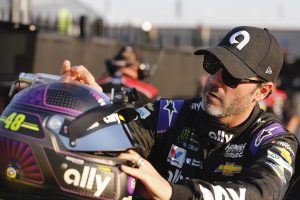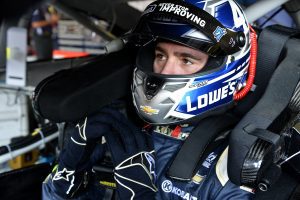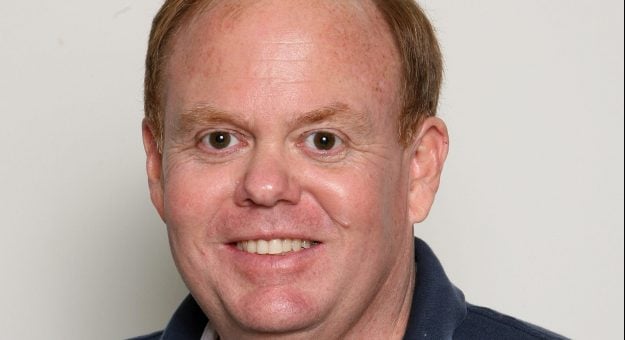HARRISBURG, N.C. — Count this veteran columnist among those who are extremely disappointed that Jimmie Johnson is returning to the NASCAR Cup Series for a handful of races, including the Daytona 500.
When the seven-time series champ stepped out of the No. 48 Hendrick Motorsports Chevrolet after finishing fifth in the 2020 season finale at Phoenix Raceway, that should have been it — his Cup Series grand finale.
We have no problem with Johnson fulfilling his dream of a racing an Indy car or testing his skills in the premier endurance races of the world. Heck, it would be fun to see him run a few races in the new ASA STARS National Tour or chase the SRX title.

But the Cup Series should be off limits.
Whenever a big-name NASCAR driver returns to the Cup Series after a lengthy layoff, our mind instantly flashes back to Feb. 11, 1994. That’s the day Neil Bonnett died when his No. 51 Chevrolet slammed the wall during a morning practice session at Florida’s Daytona Int’l Speedway.
Four years earlier, Bonnett had suffered life-threatening injuries in a crash at Darlington (S.C.) Raceway, and he eventually retired from driving to focus on a promising career in broadcasting.
But the allure was too strong; he couldn’t stay away. The resident of Hueytown, Ala., did some testing for his hunting buddy, Dale Earnhardt, and made two Cup Series starts aboard a second Richard Childress Racing Chevrolet during 1993.
Bonnett headed to the 1994 Daytona 500 with a five-race deal with car owner James Finch that he hoped would rejuvenate his driving career.

Just as Bonnett did, Johnson is turning a blind eye to the risk vs. reward factor of his Cup Series return. We’d much rather see Johnson land on the side of caution as the 47-year-old father of two has absolutely nothing to gain and a whole lot to lose.
■ It’s a bit ironic that a racer who never shied away from sharing his opinion died quietly in his sleep. That was the case when longtime mechanic, crew chief, car owner and fuel system guru Daryl Saucier passed away late last year at his home in Indianapolis.
Saucier and his No. 1st sprint car were fixtures on the nomadic World of Outlaws circuit for many years before he and his wife, Cindy, stepped away from life on the road to build a successful business — DSR Fuel Systems.
During the early 1990s while traveling up the East Coast to a WoO event in Middletown, N.Y., Saucier stopped at the SPEED SPORT offices in Ridgewood, N.J. His visit included the two of us touring nearby New York City in the SPEED SPORT pace car. Born in New Orleans and based in Memphis for many years, Saucier was absolutely captivated by the sights and sounds of The Big Apple.
Daryl Saucier was 67 years old.
■ With the ASA brand returning this year, here’s a bit of trivia that might help you win an argument or two.
Darrell Waltrip, at the time a 25-year-old short-track sensation from Owensboro, Ky., won the American Speed Association’s inaugural National Tour late model race on Nov. 5, 1972, at Indiana’s Salem Speedway.
Twenty-two years later, with three NASCAR Cup Series championships and 84 premier series victories on his résumé, Waltrip recorded the final win of his driving career on July 31, 1994, when he topped the ASA event at the Heartland Park Topeka road course.
■ Forty years ago this month, we wrote our first race report as an employee of National Speed Sport News. It detailed Bobby Allison’s victory in the Richmond 400 NASCAR race at the half-mile fairgrounds oval in Richmond, Va.
Driving the No. 22 Miller High Life Chevrolet for DiGard Racing, Allison held off a late-charge by Dale Earnhardt, wheeling Bud Moore’s No. 15 Wrangler Jeans Ford, to claim the $119,600 triumph in front of an estimated 23,500 fans
An impressive roster of NASCAR stars completed the top-10 finishers that Sunday afternoon: Neil Bonnett, Geoff Bodine, Harry Gant, Bill Elliott, Joe Ruttman, Richard Petty, Dave Marcis and Buddy Baker.

